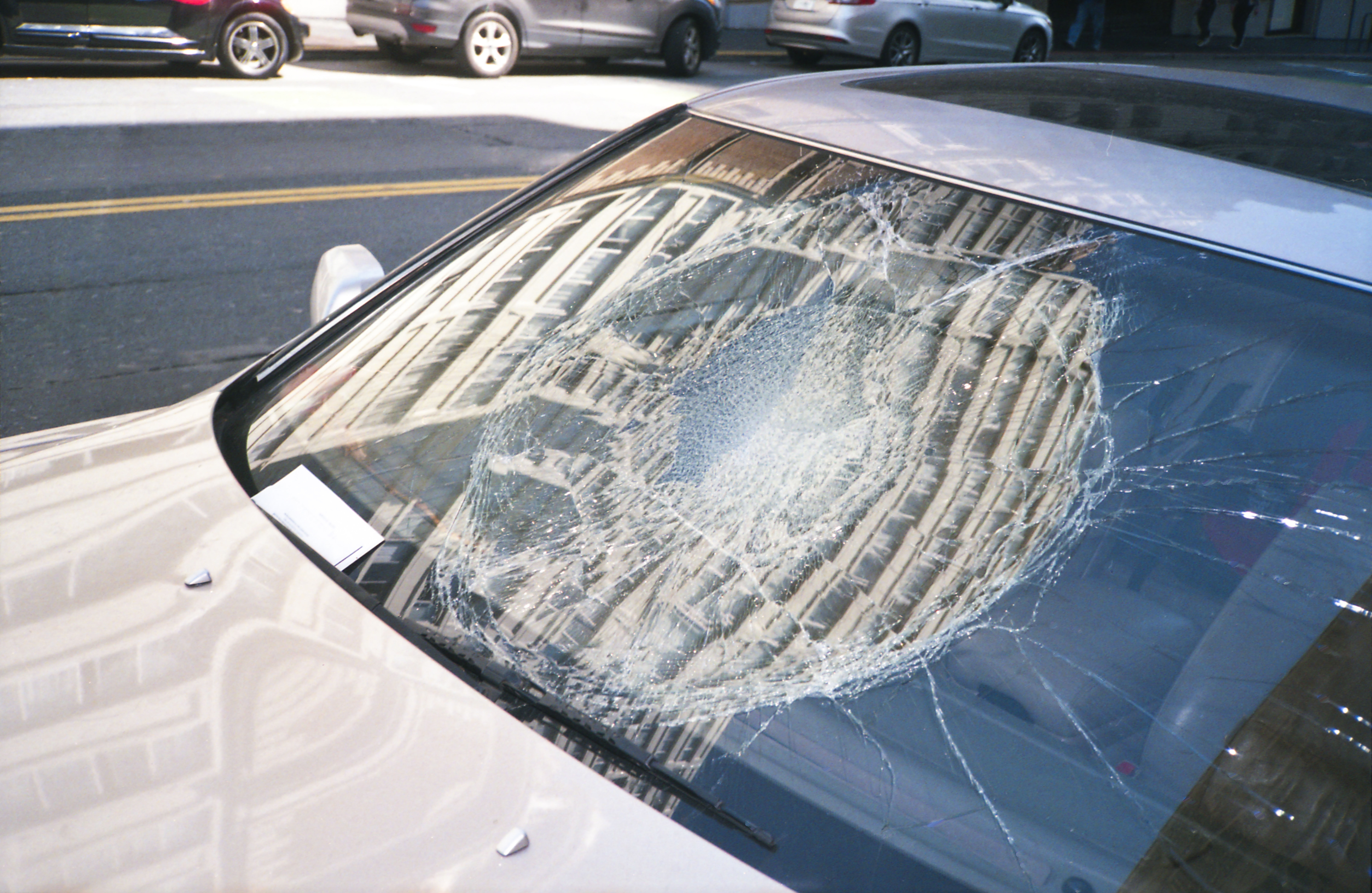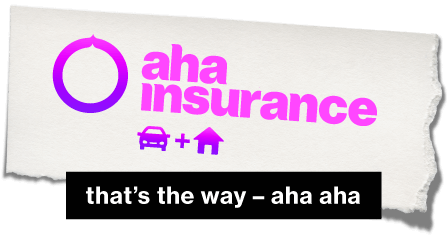Home and auto insurance are complicated subjects, and that’s given rise to a lot of myths—especially home insurance myths. There are a lot of difficult words and phrases tossed around that makes it appear that people know what they are talking about.
Many falsehoods that are passed around as fact that just don’t apply to Ontario’s market. Here’s a roundup of some insurance myths that need to be debunked.
“Acts of God” can be covered in your policy
This insurance myth has been around for decades. There may have been a time when insurance adjusters pointed to a tornado claim and declared that one god or another decreed it, but that is ancient history.
Today, major weather events, natural disasters and tragedies are all outlined in your policy. Not all of them are covered by default (that’s what additional coverage options are for), but you will never hear the term “act of god” from an insurance professional these days.
First, let’s confirm that red cars do not cost more to insure. That’s a myth. This insurance myth is kind of fun to explore because it might be a case of correlation disguised as causation.
Colour does not come into play when an insurer provides you with a quote. But we all have friends and family that swear by it.
The most well-known research to date on the topic, from Monash University, suggests that certain colours are lower on the visibility spectrum, which increase their risk of crashing. Those colours are:
- Black
- Blue
- Grey
- Green
- Red
- Silver
That’s a lot of colours, and none of them raise your auto insurance rates. However, drivers with cars of those colours might lean on the more expensive side of the provincial average if they were involved in at-fault accidents.
That means people with red cars could, in theory, see slightly higher rates on average. That’s based on driving history rather than car colour, but the colour’s visibility to everyone else on the road could have a minor effect on rates for red car owners across Canada.

Most home policies don’t actually come with built-in flood insurance
Believing this insurance myth can be devastating. Most home insurance policies do not cover floods without additional coverage options.
The reasons are simple:
- Floods can destroy hundreds of homes at a time.
- Flooding wasn’t as common in the past as it is today.
- Some homeowners live on well-known flood plains.
This could result in a never-ending series of claims, so insurance companies want to look at each home individually and decide if they want to offer flood insurance to that property.
The good news is that now you can purchase “overland flood insurance,” which has become more popular since 2015.
Home insurance plans don’t necessarily cover everything
This is perhaps the most dangerous insurance myth of them all.
When you buy insurance, you decide on a total value of your contents (or personal belongings, as your insurance company refers to them). Many people think that’s the end of the story once they’ve signed on the dotted line, and sometimes it is.
That limit covers most things, including:
- Furniture
- Clothing
- Books
- Laptops and most TVs
However, there may be sub-limits within your policy that reduce the amount an insurer will pay on certain items or categories of items. For example, your policy might say it only pays up to $5,000 for jewelry, or only $2,500 for fine art.
The same is true for items like collectibles, silverware, stamps and even cash. You can purchase additional coverage for these items, but you need to request it.
As always, you need to have a discussion with your insurance advisors. Tell them what you own and ensure that all of your assets are protected.
There are a lot of home insurance myths floating around out there. Talk to one or more of the insurance brokers in your area. It’s why they’re there.






